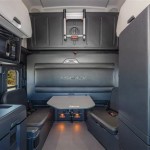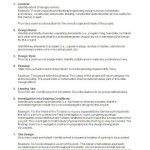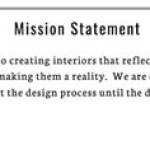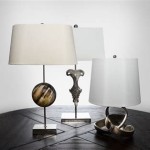Essential Aspects of Workplace Interior Design
Workplace interior design is a crucial aspect of creating a productive and inspiring workspace. It encompasses various elements that can influence employee well-being, creativity, and overall job satisfaction. Here are some essential aspects to consider when designing a workplace interior:
Layout and Space Planning
The layout of the workplace determines how people move, interact, and collaborate. It should facilitate efficient workflows, foster communication, and create a sense of community. Open office plans promote collaboration, while private spaces provide quiet areas for focused work. Consider the nature of your business, employee needs, and potential for growth when planning the layout.
Lighting
Lighting plays a significant role in employee well-being and productivity. Natural light is ideal, but artificial lighting should be carefully planned to create a comfortable and visually stimulating environment. Use a combination of ambient, task, and accent lighting to accommodate different work activities and personal preferences.
Furniture and Ergonomics
Ergonomic furniture is essential for employee health and comfort. Chairs, desks, and other workstations should provide proper support, adjustability, and comfort for prolonged use. Consider adjustable desks that allow employees to alternate between sitting and standing positions, promoting movement and reducing fatigue.
Color and Materials
Colors and materials can significantly impact the atmosphere and productivity of a workplace. Choose colors that evoke the desired mood and ambiance, such as calming blues and greens for relaxation and stimulating reds and oranges for creativity. Use materials that are durable, easy to maintain, and contribute to a sense of comfort and style.
Technology and Connectivity
In today's digital age, technology and connectivity are essential aspects of workplace design. Provide reliable Wi-Fi, ample power outlets, and ergonomic workspaces that support mobile devices. Consider integrating smart technology, such as automated lighting and temperature control, to enhance employee comfort and productivity.
Sustainability
Sustainable workplace design is not only environmentally conscious but also contributes to employee well-being. Use eco-friendly materials, reduce energy consumption, and promote natural ventilation. Consider LEED certification to demonstrate your commitment to sustainability.
Employee Input and Feedback
Employee involvement is crucial in creating a workplace that meets their needs and aspirations. Gather input from employees at different levels to understand their work preferences, comfort levels, and desired atmosphere. Feedback mechanisms allow for continuous improvement and ensure that the workplace remains responsive to changing needs.
Conclusion
Workplace interior design is a multi-faceted endeavor that impacts employee well-being, productivity, and overall job satisfaction. By considering the essential aspects outlined above, you can create a workplace that is functional, inspiring, and supportive of your business goals.

Interior Design Elements That Enhance Comfort And Ivity In The Workplace Archdaily

Our Approach To Workspace Design Philosophy Making Space Matter Steelcase

A Better Look Incorporating Av Into Workplace Interior Design Tech Media Solutions

The 7 Best Materials For A Modern Office Interior Design

10 Best Office Interior Design Services In 2024 Decorilla

Interior Design Elements That Enhance Comfort And Ivity In The Workplace Archdaily

Office Interior Design Considerations Hatch

10 Best Office Interior Design Services In 2024 Decorilla

6 Commercial Interior Design Tips To Boost Me In The Workplace

11 Modern Offices Interior Design Ideas Innovative Building Materials








